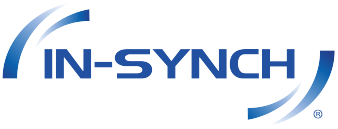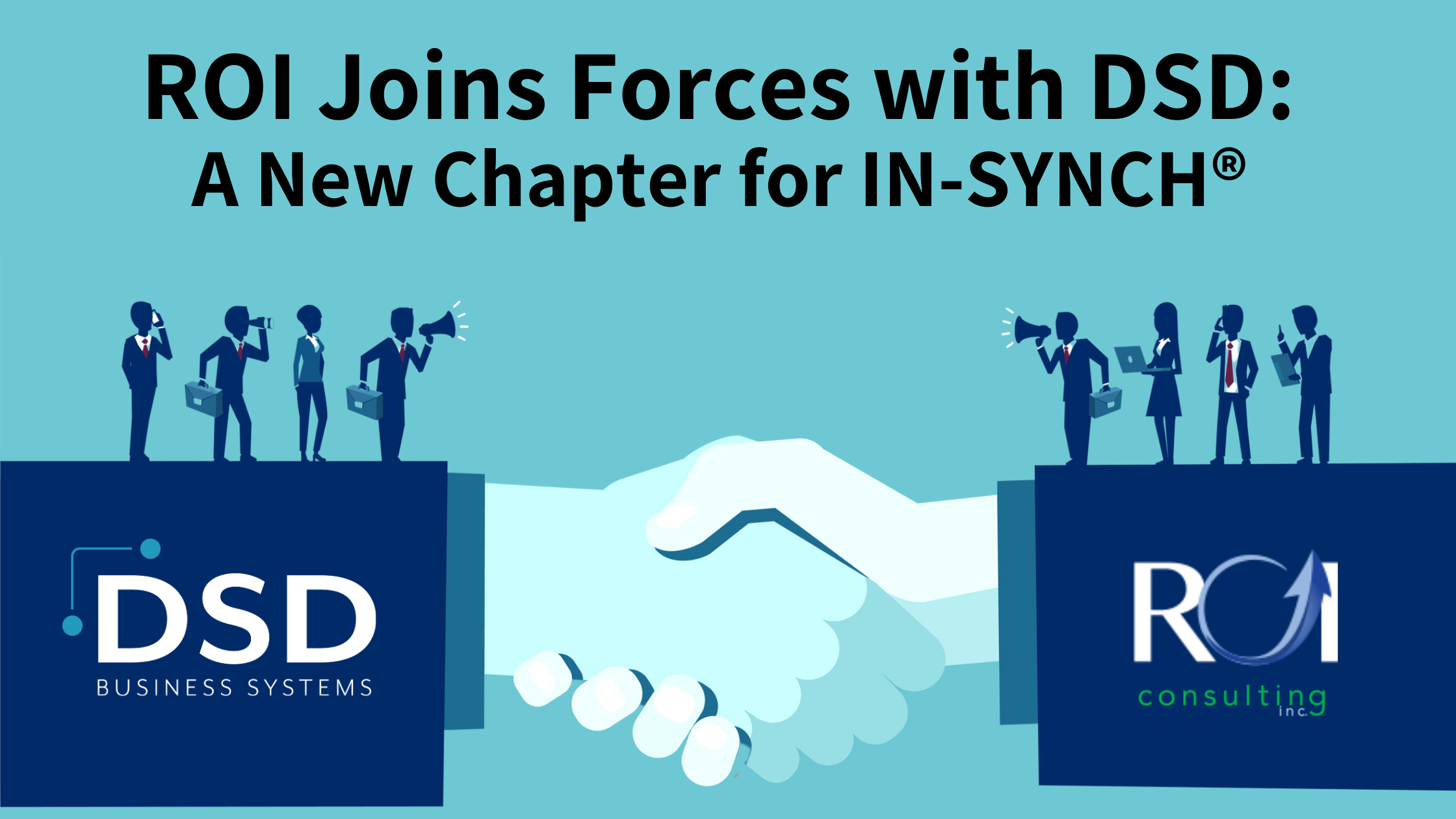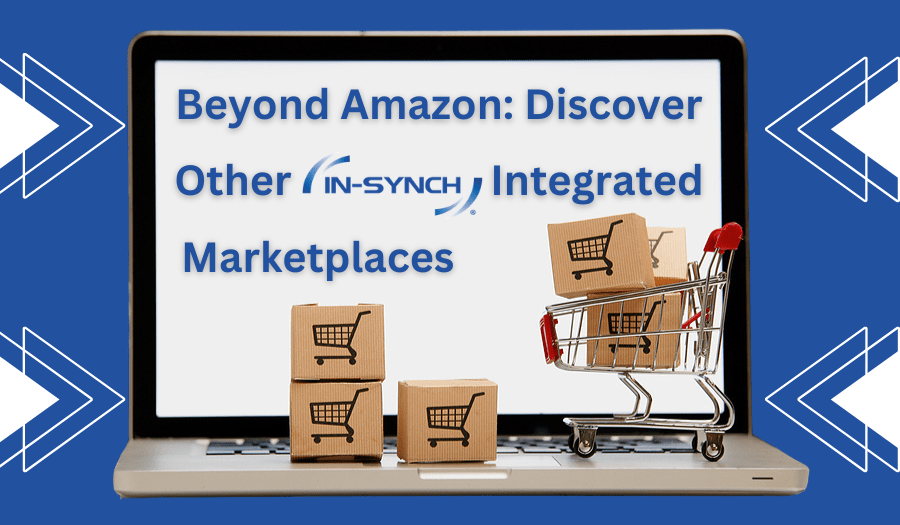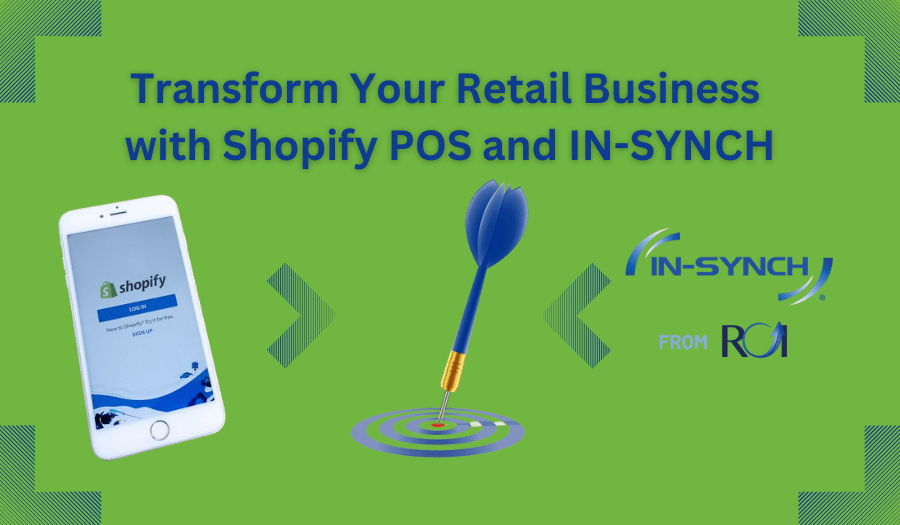By Ruth Richter • June 06, 2022
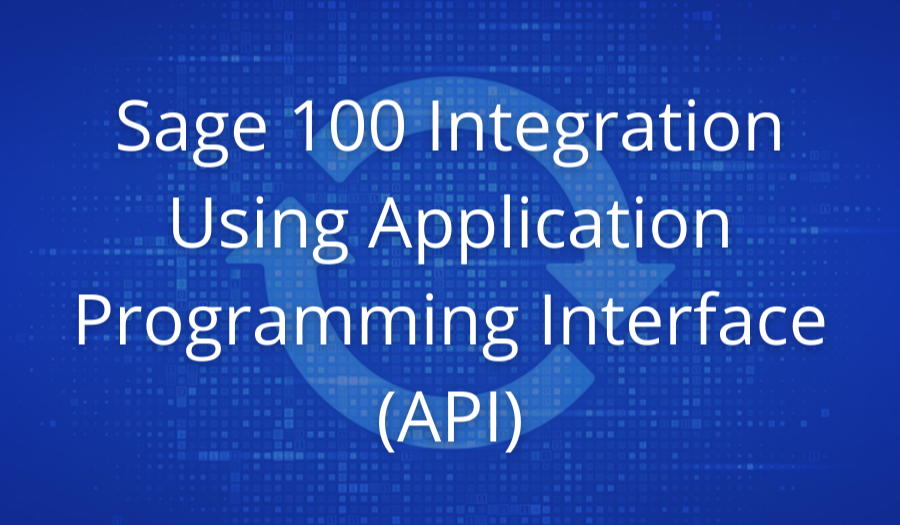
More and more, we are approached by business owners who are looking for a way to handle all the manual work that’s been created as a result of automation in other areas of the business. Examples are when marketing launches a new website that creates orders and the need to notify customers of shipment status, or the warehouse implements a new management solution that requires access to the inventory, or sales implements CRM and reroutes orders that need to get into the ERP. We’ve found that, typically, a low percentage of critical financial tasks are automated in many businesses. Because of this, we regularly have decision makers approach ROI in search of a way to programmatically connect systems to Sage 100 to automate the data flow.
We have discovered many different ways to accomplish integration over the years. One of the most familiar and favored options by third-party developers is using API technology. Although we’ve been connecting to API solutions for customers for almost 25 years, we have recently rolled out a new IN-SYNCH Connector API for Sage 100 allowing developers to build new programmatic interactions between the various applications businesses use on a daily basis to keep up with growing management software needs.
Application Programming Interface, or “API,” is a set of programming instructions and standards for accessing web-based software that allows different platforms to talk to each other. With API, software programs have an interface to allow them to interact effectively without any human mediation necessary.
IN-SYNCH® Connector API for Sage 100
With our new IN-SYNCH Connector API, we have created a series of endpoints that we establish ahead of time to allow companies to interact with our connector and the database, thus allowing the developer to now push and pull data via these endpoints. They can control the access without needing to host a database and they do not need to have extensive knowledge of the Sage 100 table structure.
The Connector API allows us to work with the end user and/or developer to go over what would be the best option for architecture, requirements, etc. A hybrid may even be used as we have users with flat files that transfer along with a pricing endpoint to connect with their website. For example, suppose your online cart does not do customer-specific pricing. With the Connector API, your developer can ask for the price of 10 widgets for customer C100 and we can return the price that would appear in Sage.
Turnkey Solutions for Popular E-Commerce Platforms
Although we have a fair number of developer-assisted projects or Connector API projects, our mainstay by far are the “turnkey” integrations.
A turnkey integration is where we set up the Sage system with IN-SYNCH® and utilize the e-commerce platform’s API to connect and share information such as orders, shipment data, inventory quantities, and pricing to the platform, just to name a few. These platforms can typically handle just about any integration point our customers request with Sage 100.
Some of the top e-commerce platforms ROI works with include (but not limited to):
- BigCommerce
- WooCommerce
- Shopify
- Adobe Commerce (formerly Magento)
While all our integrations are configured, we have pre-built connectors which allow us to get right to the connection and integration testing. We configure the connector to the needs of the client, so they don’t have to change their business workflow.
For custom carts that offer an API, we can create a Sage 100 custom cart connector for a turnkey integration solution. This is where we perform the IN-SYNCH integration of Sage 100 data, the staging tables setup, and the connection with the third-party solution API.
ROI’s Integrations Stand Apart from Others
A critical differentiator in working with ROI is that our clients will not find another integration vendor that can deliver automation of established and working Sage 100 processes like we can. Our integration uses all the Sage 100 objects to create everything needed when importing, which is important to maintain data integrity in Sage 100.
Our configurations used for Sage 100 integration options include:
- End-user / Developer “DIY”
- Standard and custom connectors for turnkey integration
- Flat File CSV for import/export
- ROI’s Connector API
With over 500 active customers, 1,000+ successful integrations, and 25 years of experience, ROI has become one of the market leaders in Sage 100 integrations. Because of the unique architecture of our solution, we can integrate Sage 100 with almost anything. Our depth of Sage knowledge is appreciated by Partners and clients alike and we have a strong and growing team of developers to help expand our operation.
Manual tasks take extra time and money and expose your company to costly errors. But our solution is designed around your needs—not a “one solution fits all.” You don’t need to settle for a compromise when ROI can deliver the solution you need. Contact us today to see how our new Connector API can help alleviate some of the manual tasks your company is facing.
